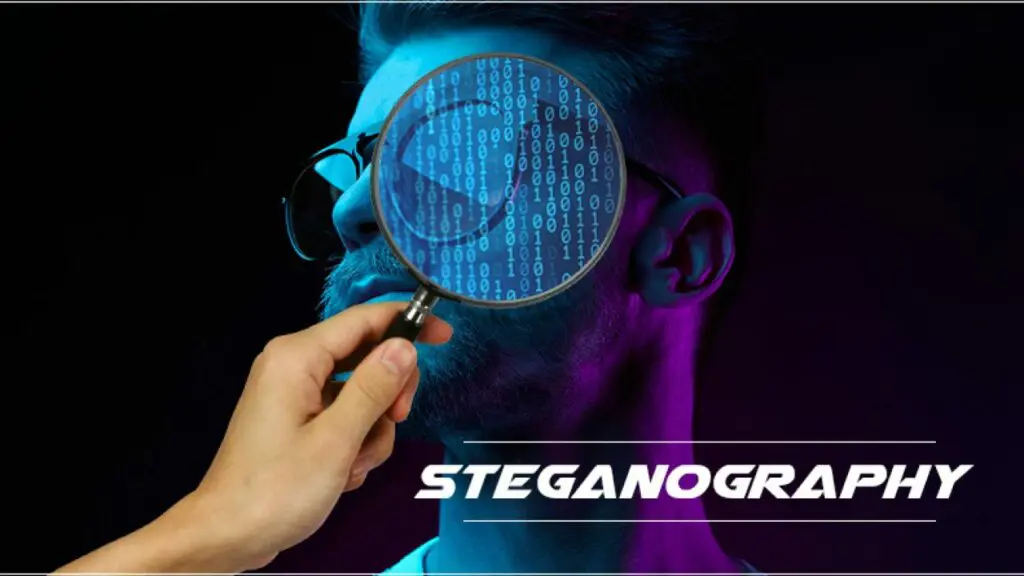Steganography is a fascinating and powerful technique used to hide information within various forms of digital media. By concealing data in plain sight, steganography enables covert communication and covert data storage. This practice has been employed throughout history, from ancient times to modern digital environments, serving both benevolent and malicious purposes. In this article, we will explore different types of steganography and their applications in the digital realm.
Image Steganography
Image steganography involves hiding information within digital images without causing noticeable changes to the human eye. This technique exploits the properties of the image format, such as modifying the least significant bits (LSBs) of the pixel values or utilizing the frequency domain using techniques such as a discrete cosine transform (DCT). LSB substitution is a common method where secret data is embedded by replacing the least significant bits of the pixel values with the hidden information. This alteration is typically imperceptible to the human eye, making it an effective way to conceal data within images.
Text Steganography
Text steganography focuses on concealing secret messages within ordinary text documents. In the simplest version, the first letter of each sentence is used to form the hidden message. This technique takes advantage of the fact that readers tend to overlook the initial letters of sentences. Other techniques may involve adding meaningful typos or encoding information through punctuation marks or formatting choices. For instance, altering the font size, color, or style of specific characters can carry hidden information within a seemingly normal text.
Video Steganography
With the increasing popularity of video content, video steganography has gained prominence. This form of steganography is a more sophisticated version of image steganography, as it can encode entire videos. Since digital videos are represented as a sequence of consecutive images, each video frame can encode a separate image, hiding a coherent video in plain sight. Advanced techniques utilize motion compensation and other compression algorithms to efficiently hide data within the video stream.
Audio Steganography
Audio steganography involves concealing data within audio files. One technique is backmasking, a simple form of audio steganography where secret messages are played backward on a track. To decipher the hidden message, the listener must play the entire track in reverse. Another method similar to image steganography involves modifying the least significant bits of each byte in the audio file. By subtly manipulating these bits, hidden information can be embedded without perceptible changes to the audio quality.
Network Steganography
Network steganography takes a different approach by hiding information inside network traffic. For instance, data can be concealed within the TCP/IP headers or payloads of network packets. The sender can even impart information based on the time between sending different packets, using variations in timing to represent hidden data. This method allows covert communication within seemingly innocuous network transmissions.
Applications and Implications
Steganography has found diverse applications in various domains. It has been used for covert communication in military operations, intelligence agencies, and espionage activities. In the digital realm, steganography has also been employed for copyright protection and digital watermarking, embedding ownership information within media files to protect against unauthorized distribution. On the flip side, steganography can be exploited for malicious purposes, such as hiding malware or exfiltrating sensitive information from compromised systems.
The implications of steganography for cybersecurity are significant. Detecting hidden information requires specialized tools and expertise, making it challenging for security professionals to identify and prevent covert communication or data theft. With the increasing sophistication of steganographic techniques and the growing volume of digital media exchanged daily, it is crucial for cybersecurity experts to stay informed and develop robust detection and prevention mechanisms.
Take Away :
Steganography is a powerful technique that allows for the covert concealment of information within various types of digital media. From image steganography to text, video, audio, and network steganography, each method offers unique ways to hide information in plain sight. While steganography has benevolent applications like covert communication and digital watermarking, its misuse can pose serious threats to cybersecurity. Understanding the principles and techniques of steganography is vital for security professionals to stay ahead in the ongoing battle against hidden information and malicious activities in the digital landscape.




